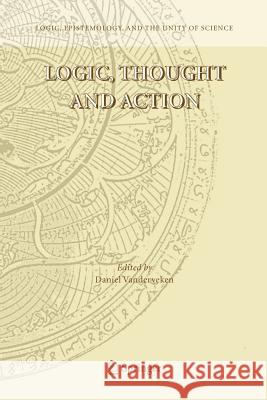Logic, Thought and Action » książka
Logic, Thought and Action
ISBN-13: 9789048166886 / Angielski / Miękka / 2010 / 544 str.
their communication abilities? The ?rst part of the book, Reason, - tion and Communication, contains a general philosophicaldiscussion of these important questions. In Chapter 2, The Balance ofReason, Dascal discusses the ideal of aperfectly reliable balance of reason, an ideal challenged by scepticism. He shows that the balance metaphor is compatible with two di?erent conceptions of rationality which are both present in Western thought. The ?rst conception expects the balance of reason to provide conclusive decisionsin every rational deliberation. Thesecond conception ackno- edges the limits of human reason. It is clearly more appropriate for h- dling uncertainty, revision of intentions and more apt to face scepticism. Leibnitz, one of the most eminent rationalist philosophers, made a s- stantial contribution to both conceptions of rationality. Dascal discusses in detailhis ideas. He shows how Leibnizcameto grips with the balance metaphor. Thestateof equilibrium of thescalesof a balancemirrorsthe equilibriumofindi?erence betweentheargumentsforandthearguments against a belief, a decision or an action. Yet an indi?erence of that kind seems to model arbitrariness rather than rationality. Leibniz, as Dascal stresses, was well aware oftheproblem. Heacknowledged that the b- ance of reason, when it is conceived as a metric and digital balance, lies open to the objection raised above, but he worked out another version of the balance of reason to circumvent this. We can conceive of a balance which permits us to directly compare the values of what is placed on the scales without reducing them to universal measuring units."











